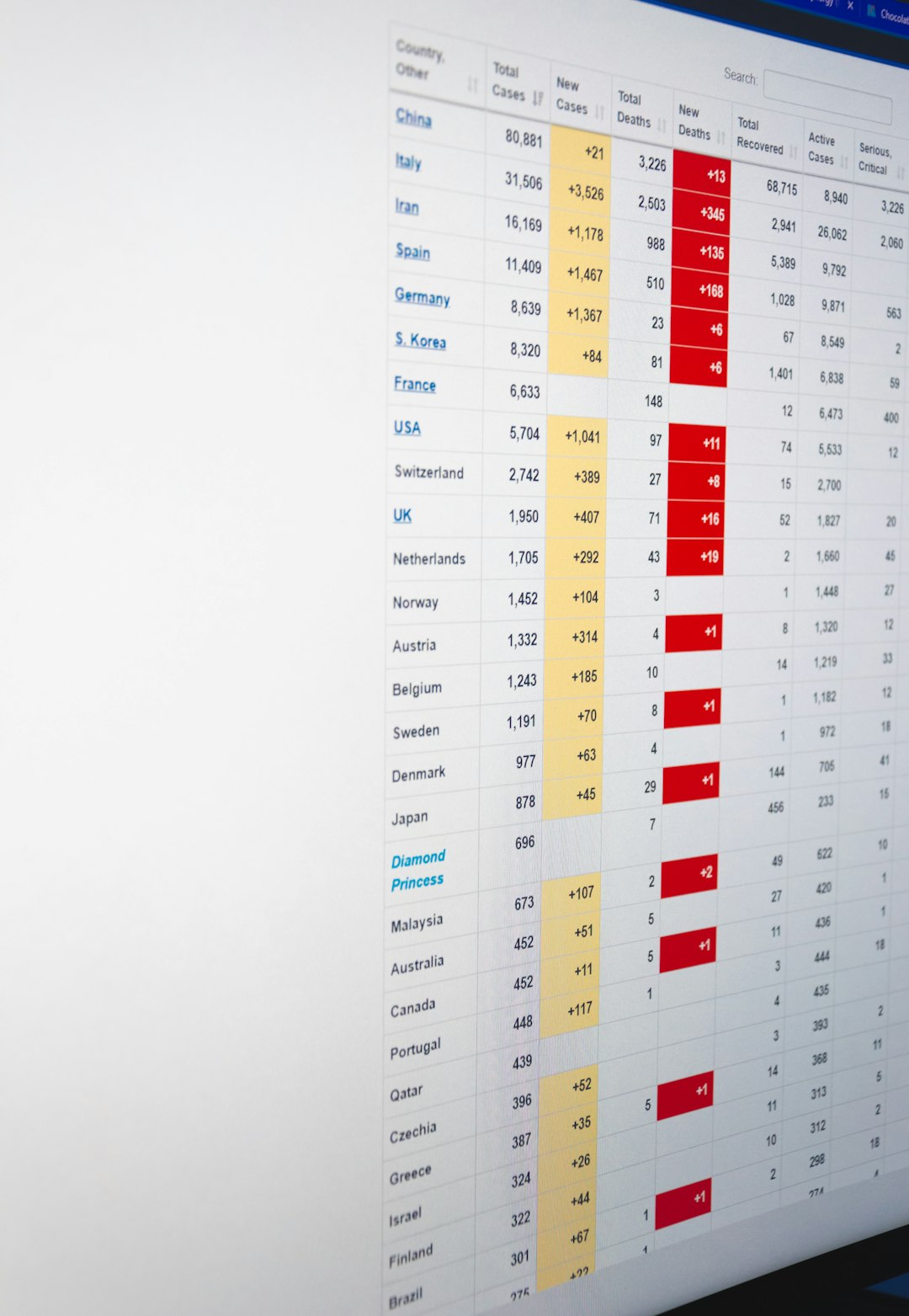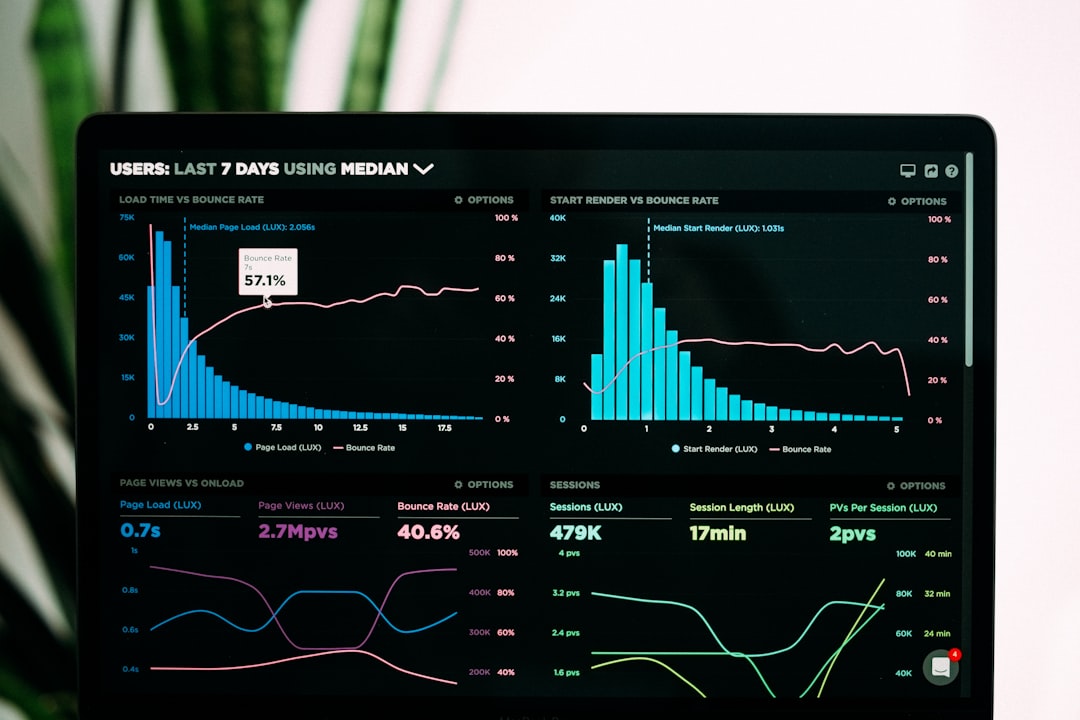Introduction
Setting up SEO for your WordPress site is essential to improve its visibility on search engines like Google. Whether you’re a beginner or an experienced webmaster, optimizing your website for search engines ensures better rankings, increased traffic, and ultimately more conversions. Plus, by fine-tuning your caching and rewrite rules in the .htaccess file with HT Access, you can boost your site’s loading speed—an important ranking factor—without breaking a sweat. In this step-by-step guide, we’ll walk you through the essential steps to configure SEO on your WordPress site effectively.
1. Choose the Right SEO Plugin
WordPress offers multiple SEO plugins, but the most popular and widely used are:
- Yoast SEO – Provides on-page optimization, XML sitemaps, and meta-tag editing.
- Rank Math – Offers advanced settings, schema markup, and keyword tracking.
- All in One SEO (AIOSEO) – A user-friendly plugin with automated SEO features.
Choose one of these plugins and install it from the WordPress Plugin Repository. After installation, activate it and follow the setup wizard to configure basic SEO settings.
2. Configure General SEO Settings
Next, ensure your website’s general settings align with SEO best practices:
- Go to Settings > General in your WordPress dashboard and set a proper Site Title and Tagline.
- Make sure your site is visible to search engines by checking under Settings > Reading (Ensure “Discourage search engines from indexing this site” is unchecked).
3. Optimize Permalinks
Your site’s URL structure plays a crucial role in SEO. Go to Settings > Permalinks and select Post Name as your default URL structure. This makes URLs cleaner and more readable for both search engines and visitors.
4. Create SEO-Friendly Content
High-quality content is the backbone of SEO. Follow these guidelines for the best results:
- Use relevant keywords naturally throughout your content.
- Write compelling meta titles and descriptions with a clear call to action.
- Break up content with headings (
<h2>,<h3>) to improve readability. - Ensure your articles are at least 700 words for better SEO value.

5. Use Internal and External Links
Linking is vital for SEO as it enhances user experience and helps with crawling:
- Use internal links to connect to other relevant pages on your site.
- Include external links to reputable sources for credibility.
6. Optimize Images for SEO
Images add visual appeal, but they also need to be optimized:
- Use descriptive file names (e.g., seo-tips.jpg instead of image123.jpg).
- Add alt text for better accessibility and ranking.
- Compress images with plugins like Smush to improve loading speed.
7. Improve Site Speed and Performance
Page speed is a critical ranking factor. Here’s how to boost performance:
- Use a reliable hosting provider for better speed.
- Install a caching plugin like WP Rocket or W3 Total Cache.
- Implement a Content Delivery Network (CDN) like Cloudflare.

8. Generate and Submit an XML Sitemap
Sitemaps help search engines index your content efficiently:
- Most SEO plugins automatically generate an XML sitemap.
- Submit it to Google Search Console under Index > Sitemaps.
9. Mobile-Friendly Optimization
Google prioritizes mobile-first indexing, so ensure your site is responsive and functions well on all devices. You can check your site’s performance with Google’s Mobile-Friendly Test.
10. Track and Analyze Your SEO Performance
Data-driven decisions are crucial for improving SEO. Use these tools:
- Google Analytics – Tracks visitor behavior and traffic sources.
- Google Search Console – Monitors search rankings and site health.
- Ahrefs or SEMrush – Advanced tools for keyword research and backlink analysis.

Conclusion
SEO is an ongoing process that requires consistent effort and optimization. By following this step-by-step guide, you’ll improve your WordPress website’s search engine ranking and drive more organic traffic. Remember to keep your content fresh, monitor analytics, and stay updated with the latest SEO trends for continued success.
